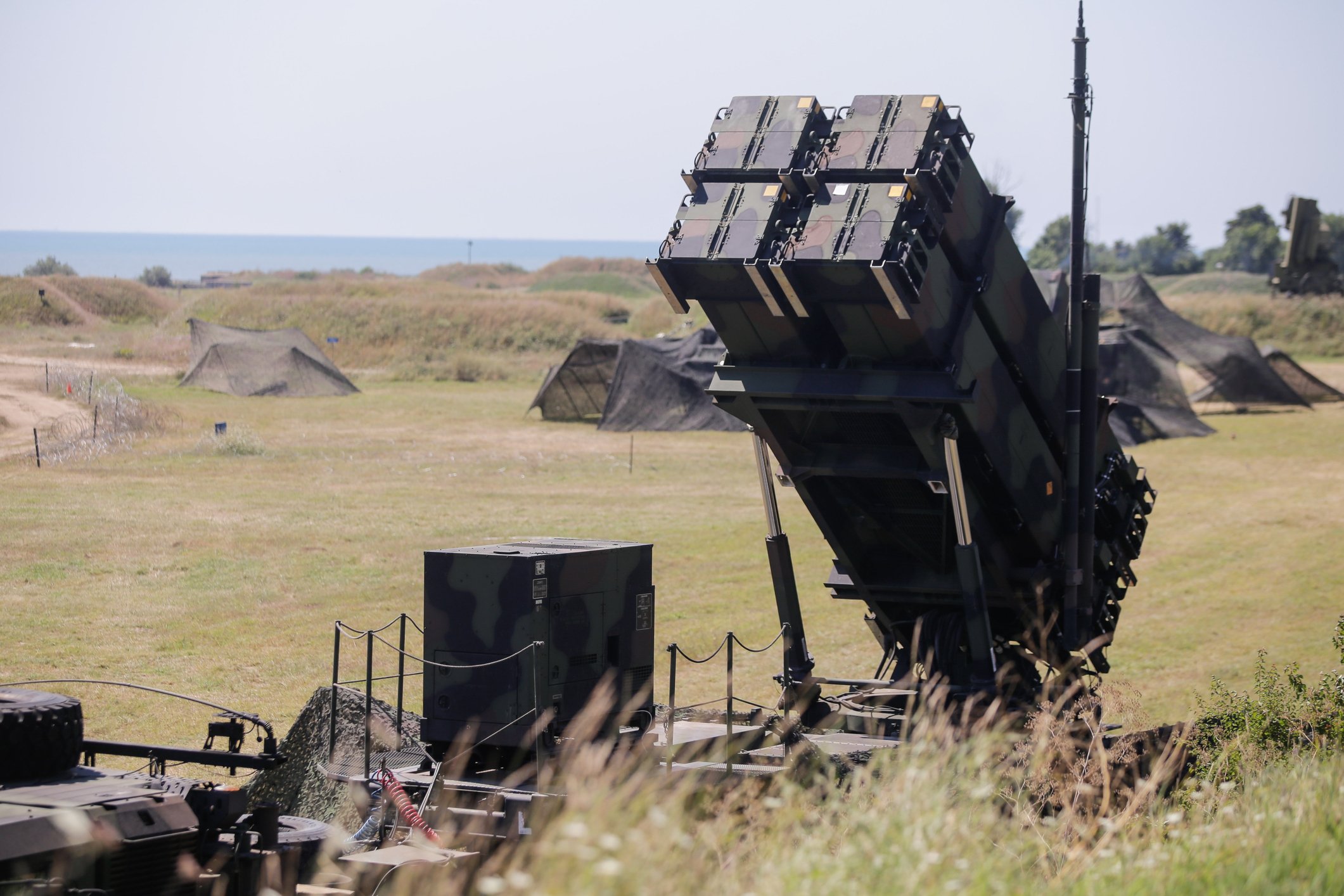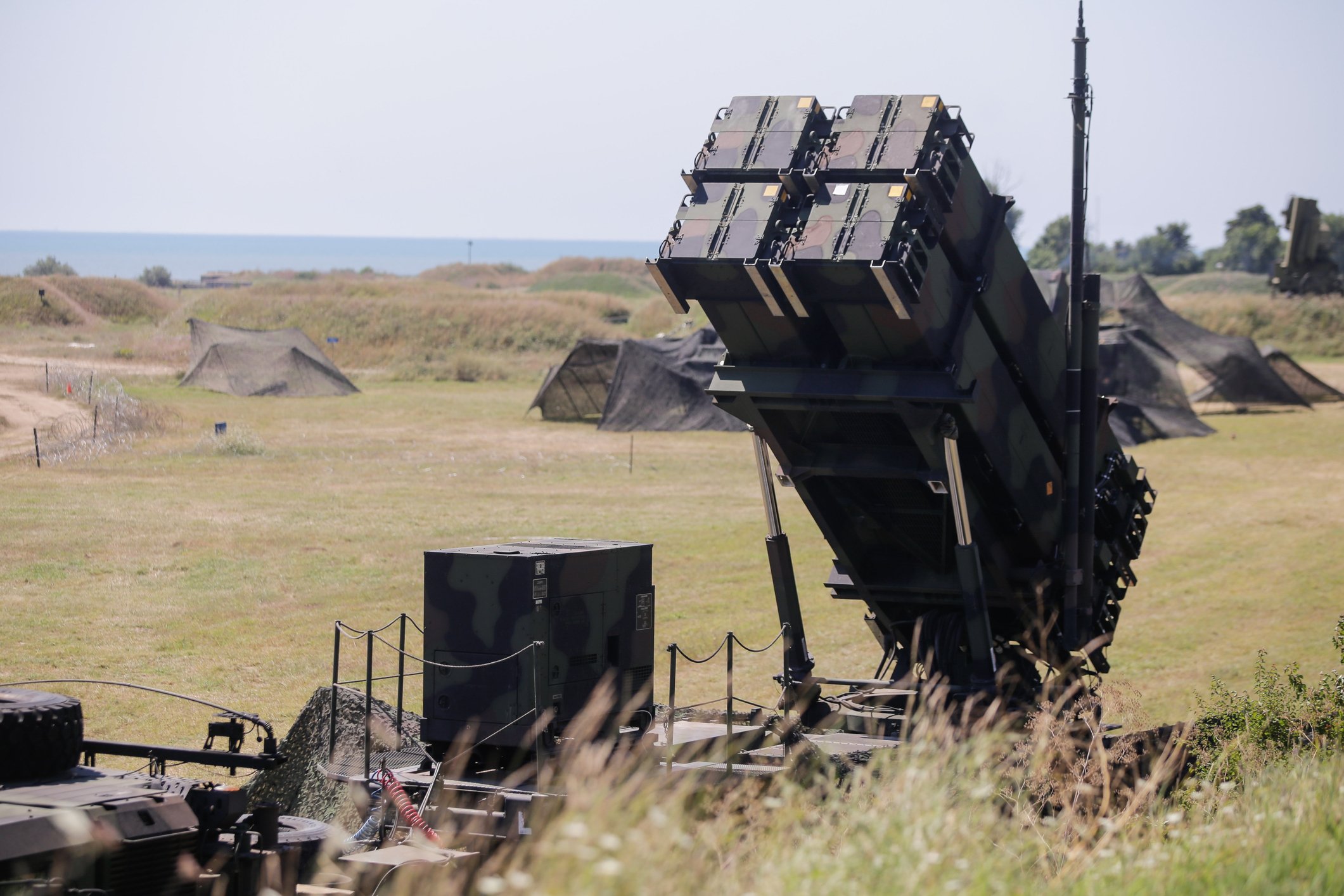What happened
Lockheed Martin (LMT +0.93%) stock dropped nearly 6% in early trading Tuesday before retracing to close the day down "only" 3.9%. That sounds like good news, but here's the thing: There was no reason for Lockheed Martin stock to have sold off in the first place. Actually, the opposite.

After an early sell-off, Lockheed stock started fighting its way back. Image source: Getty Images.
So what
Pundits are attributing Lockheed Martin's stock slide this morning to a general malaise among defense industry investors after last week's dismal performance. Despite reporting generally positive results, shares of not only Lockheed but also Northrop Grumman, General Dynamics, and Raytheon all suffered steep sell-offs last week. Investors found different reasons to dislike each particular stock, but it seems the common theme among them all was a profound distaste for defense stocks -- which is continuing into this week.
And yet, the most recent news out of Lockheed Martin was of the positive variety. On Monday, the Department of Defense announced in its daily digest of defense contracts that Lockheed Martin had been awarded a one-year, $1.4 billion logistics contract to service F-35 Lightning II stealth fighter jets that have been sold to the U.S. Air Force, Marine Corps, and Navy, as well as to foreign buyers.
Now what
This is hardly the stuff of which sell-offs are usually born, which may explain why LockMart stock started clawing back its losses as the day progressed. The fact is, the future for Lockheed Martin looks pretty bright. Free cash flow has been more than healthy over the last 12 months, with cash profits of $4.2 billion running well ahead of reported net income of $2.4 billion. Analysts surveyed by S&P Global Market Intelligence are expecting to see respectable 10% long-term earnings growth from Lockheed over the next five years.
The main worry for investors right now is that with a $88.1 billion market cap, Lockheed Martin sells for 21 times even its robust free-cash-flow number -- and most of its strong prospects are already priced into the stock.






